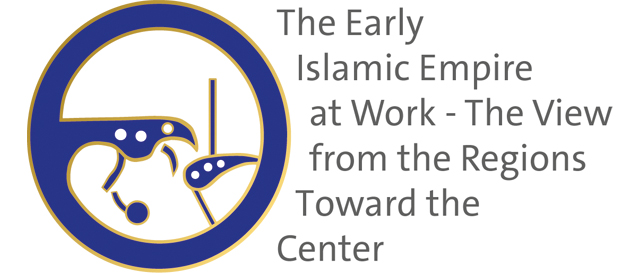27.- 29.11.14 Administrative Structures, Concepts, Approaches, and Comparisons
Workshop
The early Islamic Empire is one of the three empires arising from the demise of the Roman-Sasanian world. The first two were the Holy Roman Empire founded by Charlemagne in Western Europe and the reduced and transformed Byzantine Empire in the north-eastern Mediterranean. The third, the largest and most diverse, is the Islamic Empire, which joined together for the first time in history two large geographic areas of the ancient Hellenistic world – most of the Mediterranean and the Iranian plateau.
The aim of the workshop was to look at administrative structures of the early Islamic Empire from a comparative perspective, examining both its Mediterranean parent, the Roman Empire, and its western sister, the Carolingian Empire. The main role of the court in the medieval west might be negotiating the interest of the regions. What impact does the ancient legacy have on the developing structures of the newly forming Umayyad Empire? Tribal networks were certainly binding glue between the newly conquered regions and caliphal authority. The ʿAbbāsids went beyond the futūḥ model of governance toward the last emanation of the military and late antique state bureaucracy which was based on the taxation of a prospering economy. The collapse of the ʿAbbāsid Empire made underlying structures dominant, such as loyalty and reward, which then constituted the fabric of the political administration.
What kind of sources for administrative practices do we have at hand? First of all, there is a rich literature and a wealth of biographical information. Coins should be dealt with as primary sources for administrative practices and political hierarchy all over the empire. Papyri and paper documents offer a micro-historical spotlight on certain regions and times.














